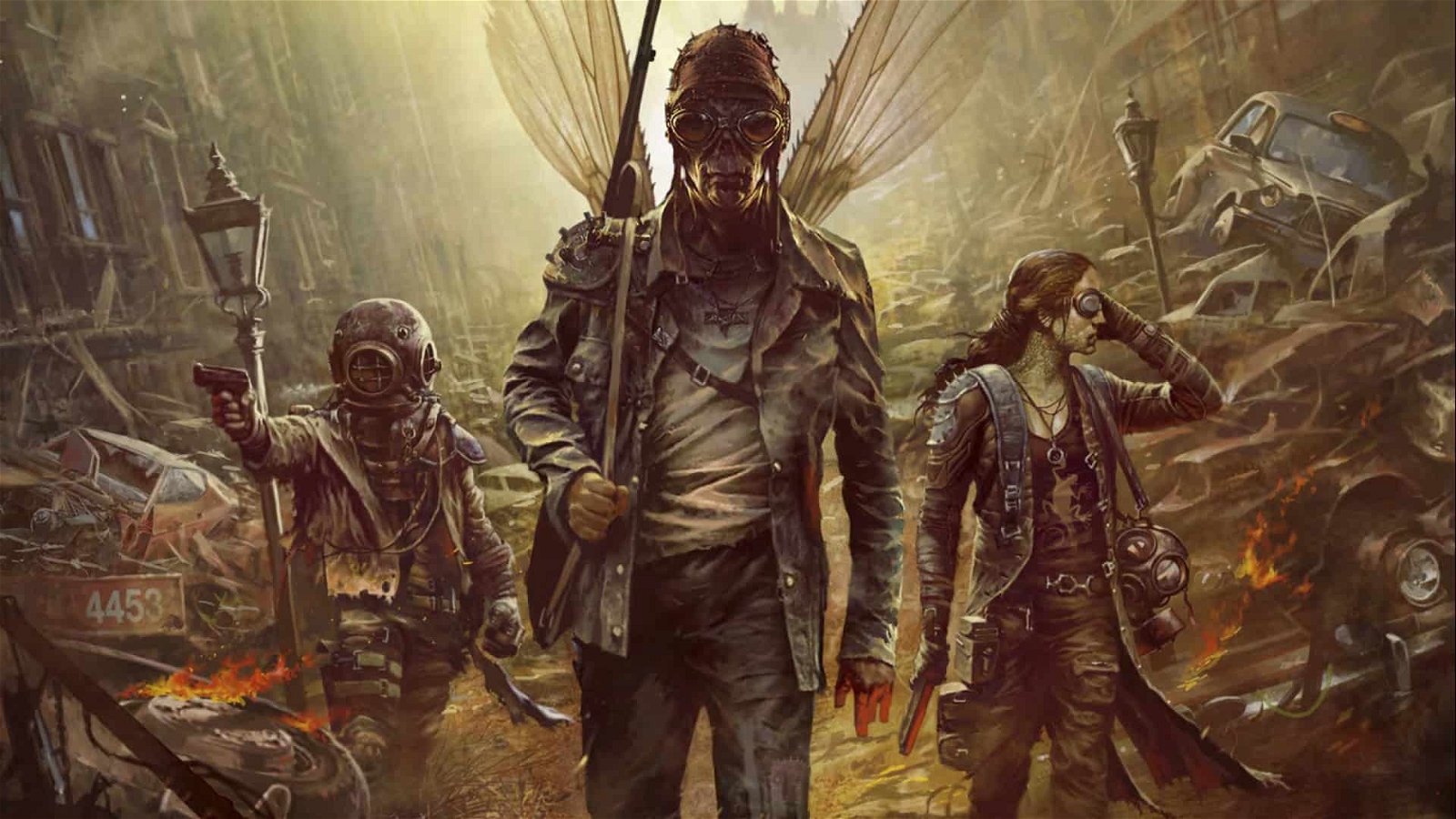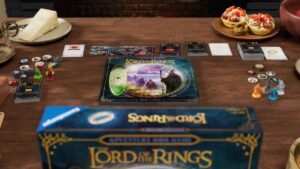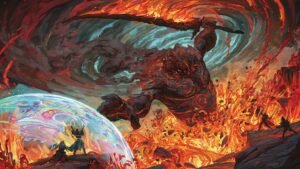When it comes to tabletop RPG’s, my favourite kinds will always be those that deal in horror or are set in post-apocalyptic wastelands, primarily because of the challenge inherent in both. I enjoy playing with stacked odds, either as a player fighting for survival or as a DM watching my players tackle a new challenge. Thankfully, Mutant: Year Zero fills both of those holes in my heart, even if there are some frustrations along the way.
Mutant: Year Zero is a post-apocalyptic tabletop RPG set in the aftermath of a conflux of disasters that have turned the world into hell on earth. The player characters are mutants, members of a small community called an Ark that is struggling to survive on a day-to-day basis. As a game, it can be broadly divided into two separate gameplay structures – exploring the world and uncovering new zones, and playing through the relationships and settlement upgrading in the Ark. In short, life sucks, and you better get used to it.
The system primarily revolves around using three sets of d6’s to make rolls. Yes, this is a system that requires three different sets of dice in order to function, which is annoying for those like me who really like the colour purple in their dice. Each set of dice represents either Ability, Attributes, or Equipment, rolling different variations of the die depending on what the situation requires. A six is an automatic success, while a one results in something bad happening. If you don’t roll any successes, you can choose to push the roll and reroll everything, but rolling a one again at this juncture means that either your attributes, equipment, or mutant powers go haywire. As much as I dislike the need to own multiple d6’s to play, which feels unnecessary, the system itself is an effective one.

Creating a character is simple, requiring you to choose one of eight roles that correspond to archetypes common to post-apocalyptic media; think mechanics, enforcers, trackers and the like. There are four key attributes with which every skill and roll is based on, which are Strength, Agility, Wits, and Empathy. Each attribute affects one of twelve basic skills, and one unique skill that each role has. You can then buy talents, which are minor abilities that further specialize your character. Distributing stats, skills, and talents is easy, and pretty run of the mill. Where the system stands out – and not necessarily in a good way – is in mutations and relationships.
Instead of choosing what mutant power your character has, you either randomly pick a card from a deck of cards or you roll two d6’s and live with the result. The problem with this is that some mutations are clearly better than others, meaning that some players will continually use their powers while others are an afterthought. The Dog Handler had the bioluminescent mutation this way, which was almost never used, while the fire-breathing Chronicler used his powers in almost every conflict.
Choosing relationships is where the system shined for me, as both a player and a DM. In creating your mutant, you decide how your character treats other people via what you hate, what you need to protect, and your big dream. Relationships typically evolve over time in an RPG, but the ability to define these key motivations within a character sheet makes it easy for a player to get into their character quicker, just as it is for the DM to easily consult those choices if you’re in a bind. It’s easy, effective, and is starts Mutant: Year Zero off on the right foot.
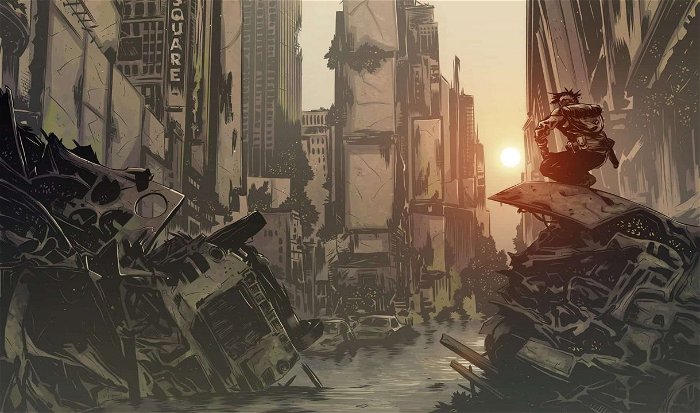
My only major disappointment with the characters is the emptiness in their growth. When you earn enough experience, you can earn a new skill or talent, and that’s pretty much it. The result is that changes feel minor, and you will likely end the game having undergone little substantial changes. The character creation is not robust, to say the least
Outside of character motivations, the primary goal is to slowly create a better life for the residents of the community by exploring the wasteland and upgrading the settlement. There’s also an overarching metaplot that focuses on the search for the origin of mutants, which takes up an entire chapter of the corebook. Out of all the background detail provided, the least interesting for me was this section. I understand why it’s included – having some form of overarching narrative is a necessity for a game such as this. But the result comes across as bland and unimaginative, particularly in comparison to the descriptions of the Ark and the zones themselves.
Which, in conjunction with the appealing comic book art style found in the rulebook, paint a beautiful picture of just how screwed the world the PC’s explore is. Hope is in very short supply, along with food and water. Combined with the dice, the degradation of the Ark, and the deadliness of combat, and Mutant: Year Zero often succeeds at being a brutal, post-apocalyptic RPG.
Exploration is done via a grid system, where each hex provides a new encounter or location to visit. Some sample zones, including some special areas, are detailed in the book itself, and these show off the full potential of the system. These areas are well-designed, with many different approaches for each situation and plenty of flavor text to back it up. But there are not enough of these zones to fill out an entire campaign, which is why there are rules for randomly generating them. In contrast, these are are a poor way to experience the game, as they alternatively are either too difficult for low level characters or are simply bland. I recommend using the pre-generated zones as a basis to create your own in order to populate the map. Even if they are simple in comparison, they will still feel more interesting than rolling dice to generate new areas.
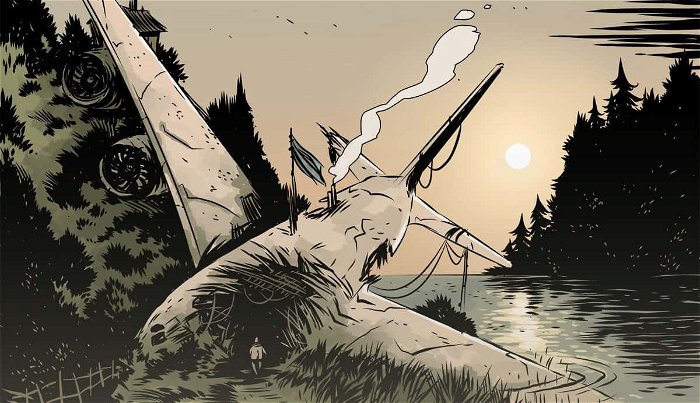
What truly me into the game was the Ark itself. Each session begins with generating a new Threat against the Ark that will be dealt with in each session. Players must navigate the politics of their Ark, choosing who to ally with or betray, and construct civic projects that will improve the livelihood of the people. I found this to be very engaging, as it forces you to take into account your resources such as food, water, and even ammunition as you explore and try to save your community from the brink of death. Your choices will also affect what the Ark turns into – mine was heavily focused on farming, to the detriment of its military strength, which we paid the price for several times. Do not neglect this portion of the game, as it’s the key to survival if you have any hope of winning.
In playing Mutant: Year Zero, I played with a bundle that included the RPG itself, a set of dice, a set of cards, and maps that depict the ruins of four major cities. All of these do not need to be purchased to enjoy the game – the cards I barely used, relying instead on the tables provided, and the dice is of much low quality in comparison to the rest of the product. Only the maps were of any real value, as they make jumping into the game much easier than it otherwise would have.
I enjoyed my time with Mutant: Year Zero. It felt fresh, and satisfied my itch for a gritty, post-apocalyptic tabletop RPG, even it does have some rough edges. It requires some work to get up and running if you’re a new GM who wants to make the most out of it, but it’s an experience worth playing if you’re willing to put in the time and effort.
